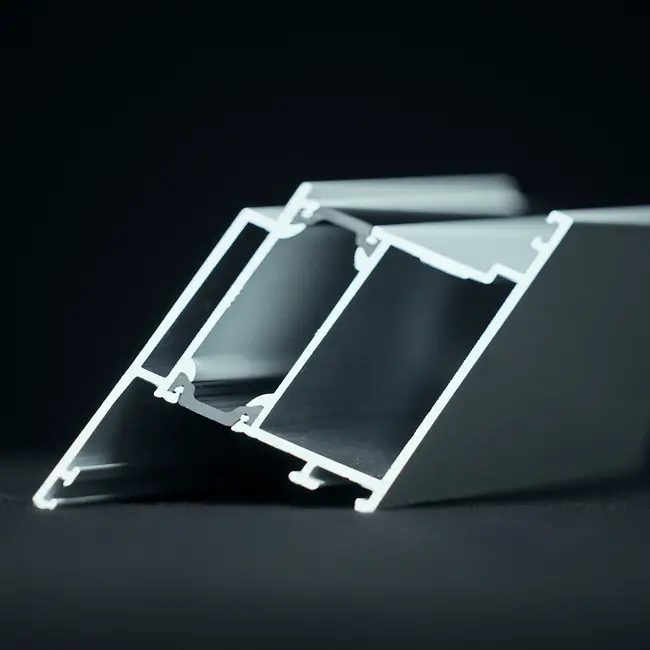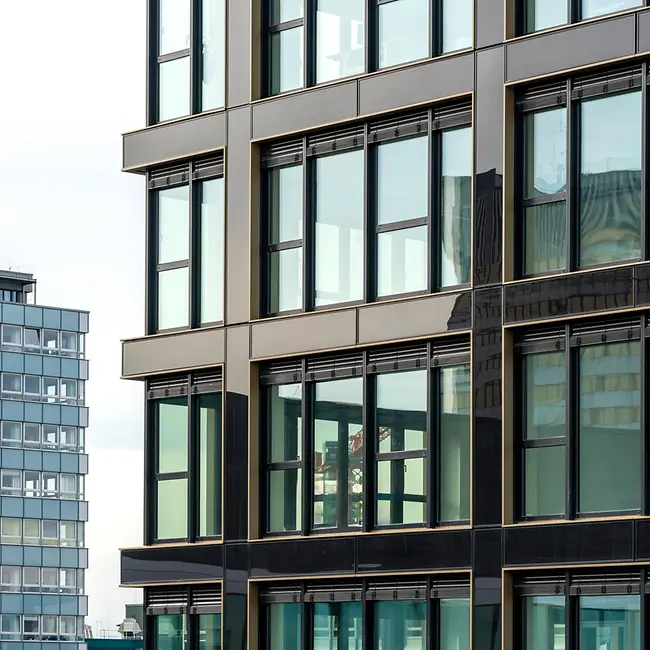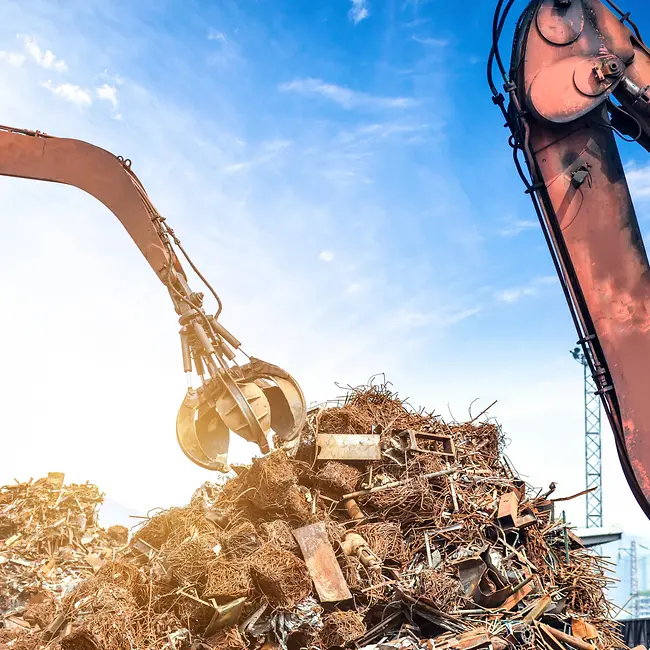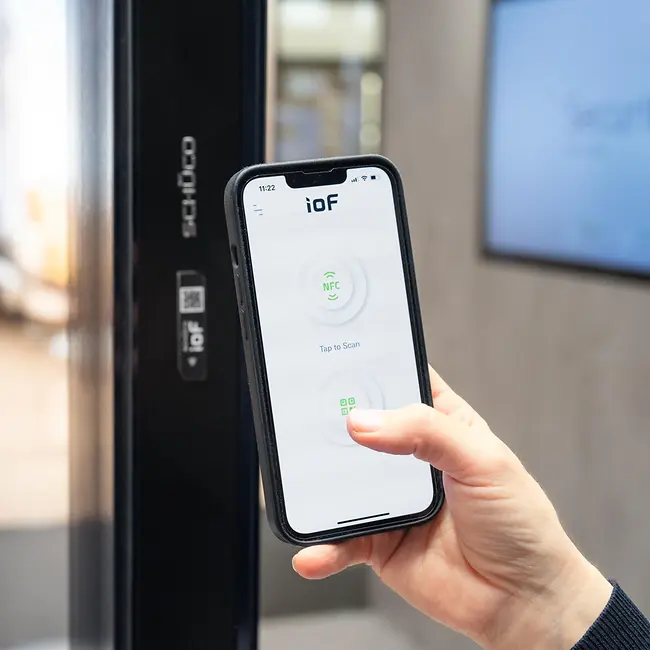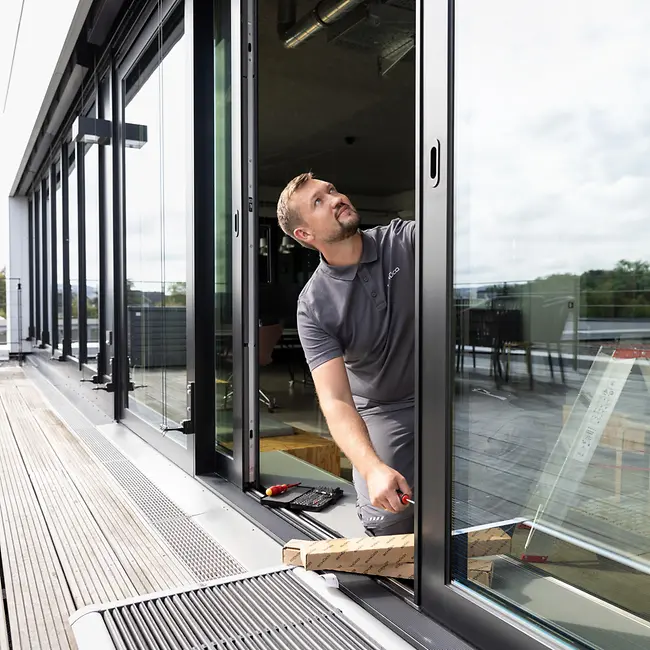Cradle to Cradle is a concept and certificate that aims to design materials and products in such a way that they can be completely recycled or fed back into biological or technical cycles. This differs from the standard "cradle to grave" approach, whereby products are disposed of once they have been used. Conversely, with Cradle to Cradle, the material quality remains virtually the same, which means that valuable resources can be conserved and carbon emissions reduced significantly.
For investors, the Cradle to Cradle certificate is extremely important because it ensures that buildings and façade systems meet the EU specifications for the circular economy. At the same time, a new value is created in the building, as systems with Cradle-to-Cradle certification are the raw material reserves of the future. In order to obtain the certificate, all materials used within the system must be recyclable while retaining a virtually consistent quality.Not only does this help the environment, it also provides long-term economic benefits, as resources are saved and sustainable property projects are created.
As part of Carbon Control, Schüco uses Cradle-to-Cradle-certified systems to meet the requirements of the circular economy, save CO2 and simultaneously create high-quality, future-proof buildings.
